Math goggles: tasty sphere packing around the world

Math goggles help you notice math everywhere. Maria João Lagarto has great math goggles when she makes adventurous Pinterest collections. For this post, I selected examples of round fruits, confections, and other morsels packed into triangles, pyramids, or cones. Even the Wikipedia article on sphere packing uses a pyramid of oranges!
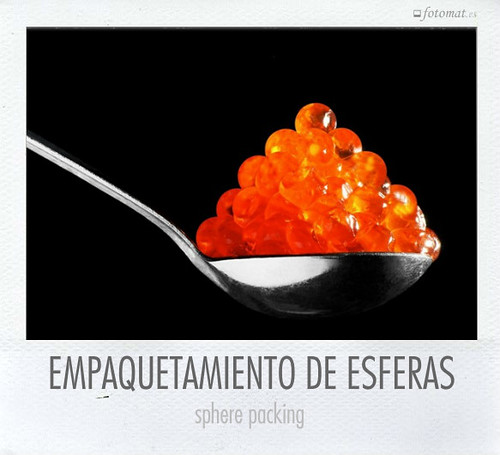
I used to play with a few beads of caviar as a kid, back in Ukraine. Red caviar is a great plaything because of the weird texture and beautiful translucency. But I’ve never managed to build a pyramid. Check out this caviar-inspired, one-paragraph review of 400 years of the history of sphere packing at fotomat.es.
Meanwhile, across the world – in Thailand – there is an annual celebration with an awesome name: Monkey Buffet Festival. It features giant pyramids of fruit for monkeys to enjoy. Yes, monkeys know how to drink out of cans.
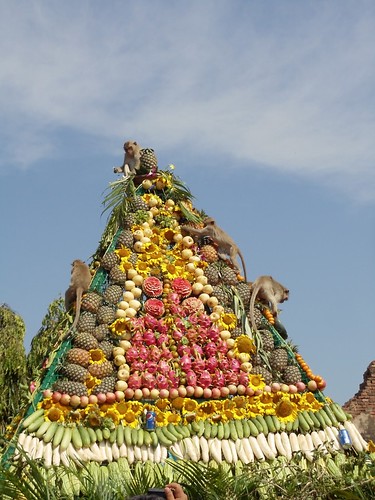
They also build giant fruit pyramids in India. This photo is from the All India Mango Festival.
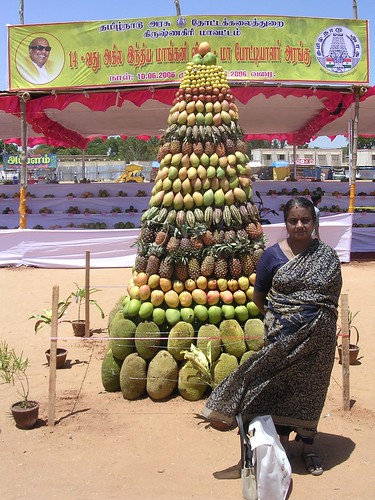
Meanwhile, Europe stacks its chocolates into cones or pyramids:
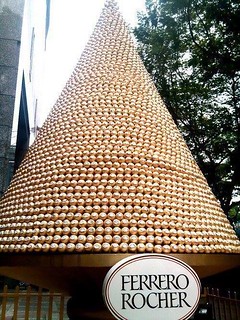

And Americans play with cereal and pie.
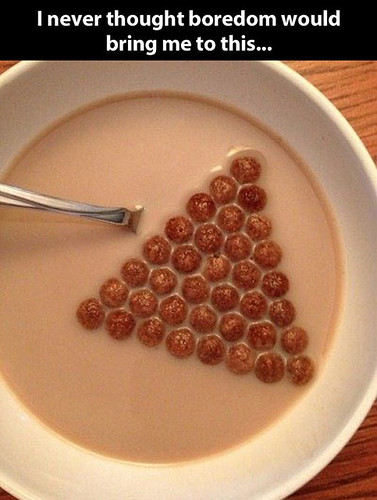

Play with your food – pack some spheres!

Posted in Grow
Multiplication Q&A live meetings, our Pinterest boards, math mind hacks: Newsletter December 30
Subscribe to the Moebius Noodles newsletter
Happy holidays! Welcome to adventurous math for the playground crowd. I am Moby Snoodles, and I love to hear from you at moby@moebiusnoodles.com

Multiplication: From Worries To Dreams
From our Multiplication Planet pilot in 2008 to the WOW! Multiplication mini-course in September 2013, multiplication is a hot topic. We keep getting more questions and requests about it. For parents with young kids and even preteens, multiplication remains the source of worries and frustrations. Two roads starts to diverge around the time children encounter multiplication. Will your child use math to solve personal and societal problems, see math patterns everywhere in nature and culture, and enjoy meaningful intellectual play? Or will your child memorize without comprehension, fail to link math with the rest of life, and suffer through anxiety and boredom? We want to equip families with maps, gear, and supplies to travel the math roads they truly want. That’s why we are running another multiplication-centered event for parents, starting at the end of January! It will start with parent questions and live meetings, and end in producing the “State of Multiplication” summary of questions and answers – maybe with links and resources – maybe with a comprehensive web site – participants will decide! More details in the next newsletter. Email multiplication@moebiusnoodles.com if you want to follow the project.
Join our Pinterest fun
Natural Math®, the parent company of the Moebius Noodles project, just started on Pinterest. There are two goals. First, to organize the vast collections of past Natural Math® content in an easy-to-use, visual form. Second, to give our friends good tools to showcase their creations or finds. That means you! Do you collect math ideas? Do you blog or have a project about adventurous mathematics? Talk to me about participating in our Pinterest boards. Email moby@moebiusnoodles.com or leave a comment under one of our pins.
Math mind hacks
Math mind hacks are practices, active values, and psychological tools for mathematical well-being. What hacks help you in math? Send them my way! Here is one of my favorites: spaced repetition.

Sharing
You are welcome to share, remix and tweak. Please credit MoebiusNoodles.com under the Creative Commons Attribution-NonCommercial-ShareAlike license: CC BY-NC-SA.
Happy Holidays! See you next year, in two weeks!
Moby Snoodles, aka Dr. Maria Droujkova
Posted in Newsletter
Math goggles: making “What if?..” collages

Math Goggles help you notice math everywhere. What if we had a planet for our moon? What if we had tiny hands at our fingertips?

Photo sources: the skies; the hands; eye/mouth; the duck.
Asking “What if?..” about everything is one of the main ways people create mathematics.
- What if you kept counting backwards past zero? 5, 4, 3, 2, 1, 0… And now we have negative numbers!
- What if numbers became negative when squared? And now we have imaginary numbers!
- What if parallel lines intersected? And now we have geometry on the globe!

Oh wait, that’s just our Earth. It’s not an abstraction, created by mathematicians. As far as we know.
What if we replaced some familiar things with other familiar things, while keeping the right ratios between sizes? Maybe we would notice the ratios more. Or maybe we would just get scared. Invite your children to make their own collages. It makes for a funky math art project.
Posted in Grow
Math mind hacks: spaced repetition

You can memorize ten or even hundred times faster (compared to cramming) if you review learned material at spaced intervals. The spaced repetition method is most appropriate for small, particular facts you need to recall quickly, such as terms, or frequently used formulas. Never try to memorize what you don’t understand in mathematics. For bodies of facts, such as multiplication, it’s best to use math patterns rather than direct memorization.
You can arrange spaced repetition with low-tech means, with multiple boxes of cards, but it’s very cumbersome to manage. Modern software is much better for the management, such as my favorite free and open tool, Anki.
Posted in Grow




